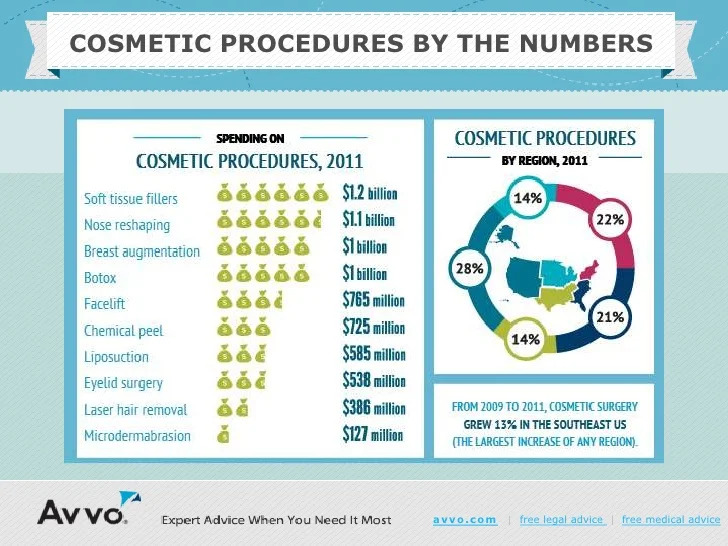How To Avoid Acne While Wearing Makeup
How To Avoid Acne While Wearing Makeup
Blog Article
Reasons for Acne on Cheeks
Acne outbreaks in the cheek location are set off by many points, from touching your face often to not changing your pillow case typically enough. Picking at imperfections boosts your risk of infection and scarring, and particular medications can worsen dark places (postinflammatory hyperpigmentation).
Fortunately, there are many ways to prevent and treat cheek acne. These include:
1. Hormone Changes
Acne is largely caused by hormones, especially those generated throughout the age of puberty and maternity. For some, a family history of acne might additionally add to their problem. Anything that blocks pores, such as oil-based skin treatment products or waxy hair products, can trigger acne. Various topical treatments, like benzoyl peroxide and salicylic acid, can fight microorganisms and unclog pores. Those with extreme or persistent acne must look for treatment from their doctor.
Avoid touching or squeezing your acne, as this can press several of the microorganisms deeper right into the skin, resulting in a much more severe breakout. It is additionally vital to transform pillow cases on a regular basis and utilize clean makeup brushes. You should additionally attempt to prevent irritants such as friction from putting on a headgear or tight collar.
2. Diet
The greasy, sweet foods that many individuals believe trigger acne may actually refrain so. Actually, researches have shown that consuming a diet regimen abundant in whole, nutrient-dense foods aids to stop outbreaks.
Foods high in the glycemic index (such as white bread, corn flakes, puffed rice and potatoes, doughnuts and other breads) increase blood sugar levels promptly, and this can boost hormones that boost oil manufacturing and cause acne.
Consuming cow's milk has additionally been linked to increased acne outbreaks. If you are a routine cow's milk drinker, you might intend to try switching to low-fat or nondairy choices that are strengthened with calcium. Additionally, drinking even more water can assist to reduce acne due to the fact that it assists to keep the skin hydrated.
3. Excess Oil
While oil is crucial for healthy and balanced skin, it can become a trouble when excessive sebum mixes with dead skin cells and obstructs pores. This combination can create blackheads, whiteheads and acnes. The blocked pore wall surface can break down and spill germs, dead skin cells and sebum into bordering skin. This leads to a red bump called an acne. In some cases these red bumps have pus in the facility from a microbial infection. Larger contaminated bumps that look like acne are called cysts.
There are several things that can cause excess sebum and stopped up pores, including hormonal agent fluctuations, diet regimen and everyday habits. Some instances include touching the face regularly, resting your hand on your cheek, making use of filthy makeup brushes and not altering pillowcases on a regular basis.
4. Tension
If you're managing pain acnes or a multitude of blackheads and whiteheads, it may be time to speak to a dermatologist. They can advise an effective therapy that fits your skin kind. Practicing leisure and stress-reduction techniques additionally assists.
Acne can take place in the cheeks because of rubbing and pressure, such as when an individual touches their face frequently or uses a hat or sports helmet that scrubs against the skin. It can likewise show up where greasy cosmetics and creams rub versus the skin.
Avoid squeezing acne, as this can press infected product deeper into the skin and cause scarring. Rather, see a physician to learn more about preventative treatments like drug, skin care items and lifestyle modifications. Consuming a healthy diet regimen of whole foods, obtaining 7 to nine hours of rest and using noncomedogenic make-up and skin care products can all help in reducing acne breakouts.
5. Hair Products
Hair products are not usually considered a root cause of outbreaks, yet they can add to acne on the cheeks in some individuals. Pomade acne, which is characterized by little shut comedones and papulopustules, is typically triggered by the use of oily hair products which contain comedogenic ingredients such as certain oils and acetylated lanolin.
Selecting hair items that don't consist of these possibly comedogenic ingredients is a crucial action toward lessening outbreaks. Also, guaranteeing that hair items aren't can be found in contact with the skin can help stop outbreaks. For example, using a headscarf or hood at night can limit hair-to-face get in touch with and lower the likelihood that leave-in hair products will certainly abrade onto the face.
In addition to utilizing a non-comedogenic cream and cleaning with an acne face daxxify vs botox wash, other practical approaches include: